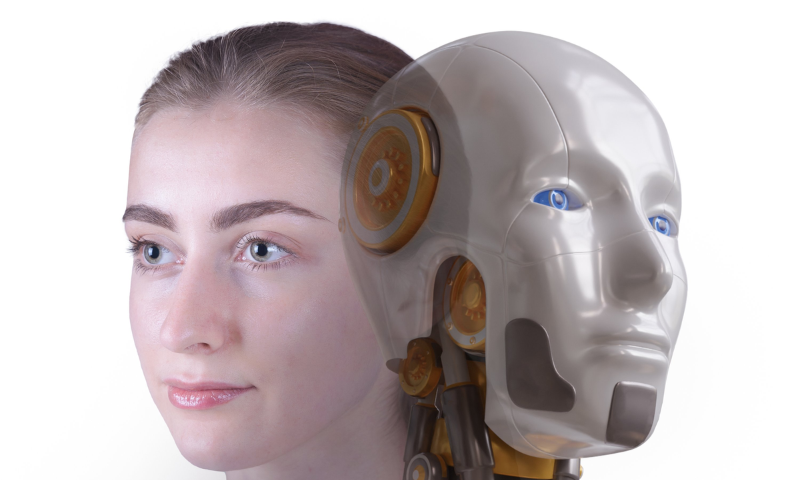TOKYO: Japanese scientists have successfully integrated human skin cells onto robotic faces, enabling them to exhibit lifelike expressions such as smiling. This detailed in a recent study published by Cell Reports Physical Science, marks a significant leap forward in the quest for more human-like robots.
Led by researcher Shoji Takeuchi, the team grew human skin tissue in the shape of a face and used specialized ligament-like attachments to operate its expressions. According to Takeuchi, this development represents the first instance, where living skin has been effectively controlled using actuators and anchors.
The application of living tissue on robots offers several advantages over conventional materials like metals and plastics. These include the energy efficiency akin to human brains and muscles, as well as the natural repair capabilities of skin.
The researchers aim to further enhance their lab-grown skin by integrating a circulatory system and nerves. This advancement could pave the way for safer testing grounds in cosmetics and drug development, leveraging the skin’s absorption capabilities.
Despite these strides, challenges remain, particularly in overcoming the unsettling sensation some may feel towards robots that closely mimic human features but fall short of perfect resemblance. Takeuchi acknowledges this issue, noting, “There’s still a bit of that creepiness to it.”
He suggests that developing robots using materials and expressions similar to humans could be pivotal in bridging this gap, potentially mitigating what is known as the “uncanny valley.”
This innovation not only holds promise for future applications in fields such as medicine and cosmetics but also underscores Japan’s leadership in the realm of robotics and biotechnology.

























